Media & Industry News
The FX Algo Wheel, is it wheels up and ready to take flight?
FX Algo Wheel – This article discusses the expansion of algo trading, in particular the adoption of the algo wheel in FX trading.
To most multi-asset dealing desks the concept of an algo wheel isn’t too uncommon particularly in Equities where is it widely used. Conversely, the adoption of algo wheels is still relatively uncommon within the world of FX unlike equities where algo flow represents a large part of the asset classes global volume. However things are changing rapidly due to external factors such as the coronavirus pandemic which has been a game changer for FX algo adoption with clients and dealers looking to offset risk, access fragmented liquidity and importantly improve operational risk when working from home.
It is estimated FX algo trading now represents approximately 10-20% of daily spot volume1 and this number is clearly only going to increase as buyside firms become more comfortable and reap the benefits of using algo suites. As this adoption and sophistication increases so does the innovation and technology behind the workflow.
Unsurprisingly, hedge funds have been ahead of the curve in embracing automation, API trading, vendor-based orders and LP algo wheel functionality. What was a Hedge Fund led trend is now being firmly driven by the Asset Management community as they begin to implement FX workflow improvements and efficiencies to free their dealers up from the more repetitive, less value add orders that can take up valuable time yet add little to the outcome of the order execution. This allows buyside dealers to focus on the more significant, tricky orders where effort needs to be spent to minimise market impact and achieve optimal execution.
With improvements in vendor technology, setting up and maintaining conditions to route low touch orders is now a simple enough task and doesn’t require a degree in coding to set-up. In most cases these simple tasks can be handled by the buyside dealer themselves via an intuitive GUI.
This embracing of workflow technology on the buyside has also now led to many global institutions implementing an algo wheel and utilising TCA/LPA (Liquidity Provision Analytics) to monitor and assess the LP’s algo performance. This needs to be carried out on a continual feedback loop. To achieve this there needs to be a significant number of “apples for apples” criteria to be compared, for example time of day, order size, currency pair and algo type selected. Once established and enough data is collated (TCA) the feedback loop continues and helps a buyside firm work with their LPs to improve algo efficiencies. It could also lead to other algo providers entering the wheel if performance is unsatisfactory.
With BidFX’s LPA, which is designed to improve traders’ pools of liquidity through analytics on their pricing from LPs, and quantities, traders can now enhance their decision making in the algo wheel so that it’s optimally configured.
In conclusion setting up an FX algo wheel is no longer a heavy lift, technology has evolved such that the benefits of the workflow improvements outstrip the initial planning effort than it takes to implement. The possibilities are endless, it will be interesting to see how FX algo wheel adoption occurs over the coming years.
This article, which appeared on FinanceFeeds on 2 February 2023, was written by David Catterick, Sales Director, BidFX Australia
David.Catterick@bidfx.com
1 BIS Survey – FX execution algorithms and market functioning
